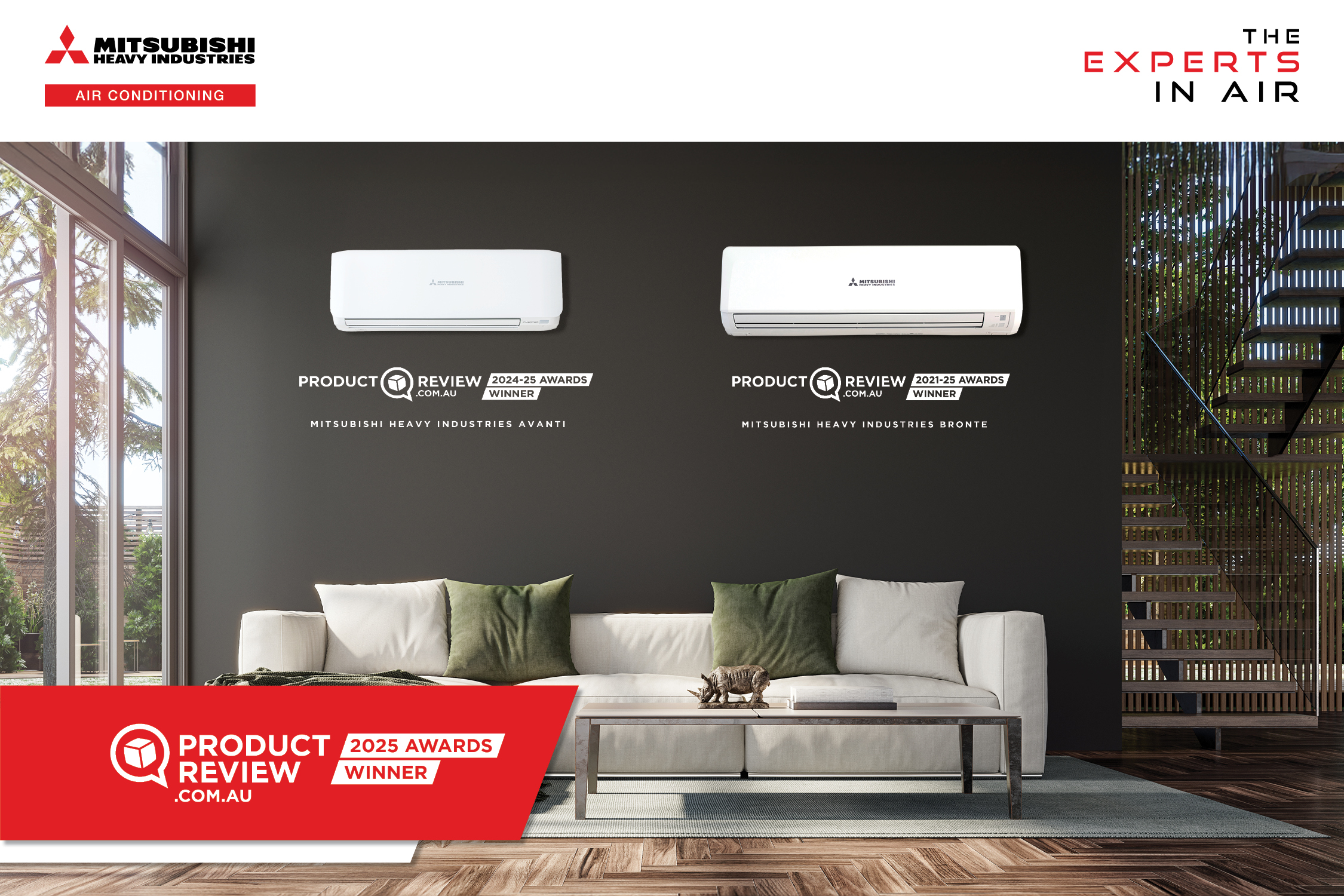The Institute of Refrigeration (IOR) has released a new Guidance Note, a guide to refrigeration selection. The guide aims to provide an overview of the critical points that should be considered in selecting refrigerants.
The IOR says the guide, which it refers to as Guidance Note 37, will be of particular interest to equipment owners, operators and advisers making purchasing decisions that will influence the selection of refrigerant and equipment being installed now and in use “well into the future”.
“To support net zero targets the IOR recommends that equipment designers, purchasers, owners and operators select a refrigerant with the lowest GWP possible,” the IOR says. “It is often possible to use a refrigerant with a GWP of 10 or less – carbon dioxide, ammonia, hydrocarbon or HFO – but this may not always be practical.”
The UK-based IOR recommends that systems and equipment should only be installed using refrigerants that have a GWP more than 300 when a low-GWP option with equal or better efficiency is not available.
This recommendation, says the IOR, is in line with the “low GWP” classification included in the UNEP RTOC reports and sector-specific trade associations. GWP values above 300 are classed as “medium” or “high” in the RTOC classification.
“This means that systems using ‘medium’ or ‘high’ GWP refrigerants should not be purchased or installed unless there is no lower GWP alternative for the application,” says the IOR. “Where equipment using a refrigerant with a GWP greater than 300 is currently in use, a plan should be in place to replace the system at end of life with a lower GWP refrigerant where possible.”
The IOR says there are very good commercial and environmental reasons for moving to low-GWP refrigerants. Not the least of these are the continuing HFC phase-down and quota restrictions, as well as “certain use” bans under specific national regulations.



Leave a Reply